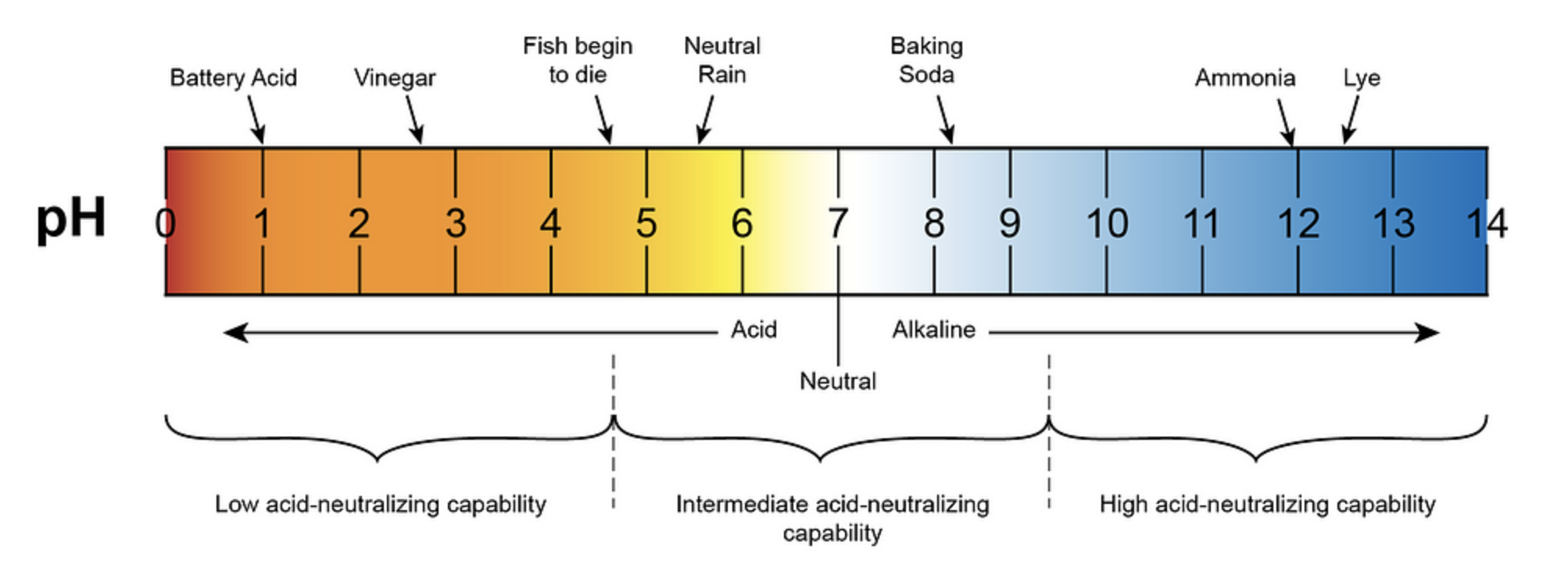Ethanoic acid, also known as acetic acid, has a pH value of around 3 when dissolved in water. This is because ethanoic acid is a weak acid, meaning it only partially dissociates into its constituent ions when dissolved in water. Specifically, for every 100 acid molecules, only about 1 will ionize, releasing an H+ ion and forming an acetate ion.
Understanding the Acidity of Ethanoic Acid
The acidity of ethanoic acid is due to the delocalization of the acid anion charge over the two oxygen atoms. This makes it relatively easy for the H+ ion to escape from the oxygen atom to which it was attached, resulting in the formation of the hydronium ion (H3O+) in water.
Factors Affecting the pH of Ethanoic Acid Solutions
The pH of an ethanoic acid solution can be influenced by several factors, including:
- Concentration of the acid: The higher the concentration of ethanoic acid, the lower the pH of the solution.
- Presence of impurities or contaminants: Other acids, bases, salts, or heavy metals present in the solution can affect the pH.
- Temperature: Changes in temperature can slightly affect the dissociation of ethanoic acid and, consequently, the pH.
Balancing the pH of Ethanoic Acid Solutions
To balance the pH of an ethanoic acid solution, one can add a base such as sodium hydroxide (NaOH) or sodium carbonate (Na2CO3) until the desired pH is reached. The amount of base required will depend on the concentration and volume of the ethanoic acid solution, as well as the desired pH.
Step-by-Step Process for Balancing pH
- Determine the initial pH of the ethanoic acid solution.
- Calculate the amount of base needed to reach the desired pH.
- The amount of base required can be calculated using the following formula:
Volume of base = (Desired pH - Initial pH) × Volume of acid / (pKa of acid - Desired pH) - Slowly add the calculated amount of base to the ethanoic acid solution, stirring constantly.
- Measure the pH of the solution and adjust as needed until the desired pH is reached.
Handling and Safety Considerations
When dealing with ethanoic acid solutions, it’s important to handle them with care and use appropriate personal protective equipment (PPE) such as gloves and safety glasses. Additionally, it’s important to properly dispose of any waste materials and clean up any spills or splashes to prevent exposure or injury.
Potential Contaminants and Impurities
Ethanoic acid solutions may contain impurities such as other acids or bases, salts, or even heavy metals. These contaminants can affect the pH value of the solution and may require additional steps to remove or neutralize.
Applications and Uses of Ethanoic Acid
In terms of home remedies and DIY uses, ethanoic acid is often used as a food preservative, a degreasing solvent, and even as an antibiotic for bacterial or fungal infections. However, it’s important to note that ethanoic acid is still an acid and can cause burns or irritation if not handled properly.
Conclusion
Ethanoic acid has a pH value of around 3 when dissolved in water, and it can be balanced by adding a base such as sodium hydroxide or sodium carbonate. Contaminants or chemicals present in ethanoic acid solutions can affect the pH value and may require additional steps to remove or neutralize. Proper handling and disposal of ethanoic acid solutions is crucial to prevent exposure or injury.
References:
- Ethanoic Acid – Learn Structure, Properties & Uses – testbook.com
- Solubility and pH of ethanoic acid – issr.edu.kh
- A solution of ethanoic acid in water has a pH of 3.2. How do you calculate the concentration of the solution? – Socratic
- The acidic reactions of ethanoic acid | Experiment – RSC Education
- Ethanoic Acid + Water = ?? – YouTube
- What Is Ethanoic Acid? | The Chemistry Blog – chemicals.co.uk

